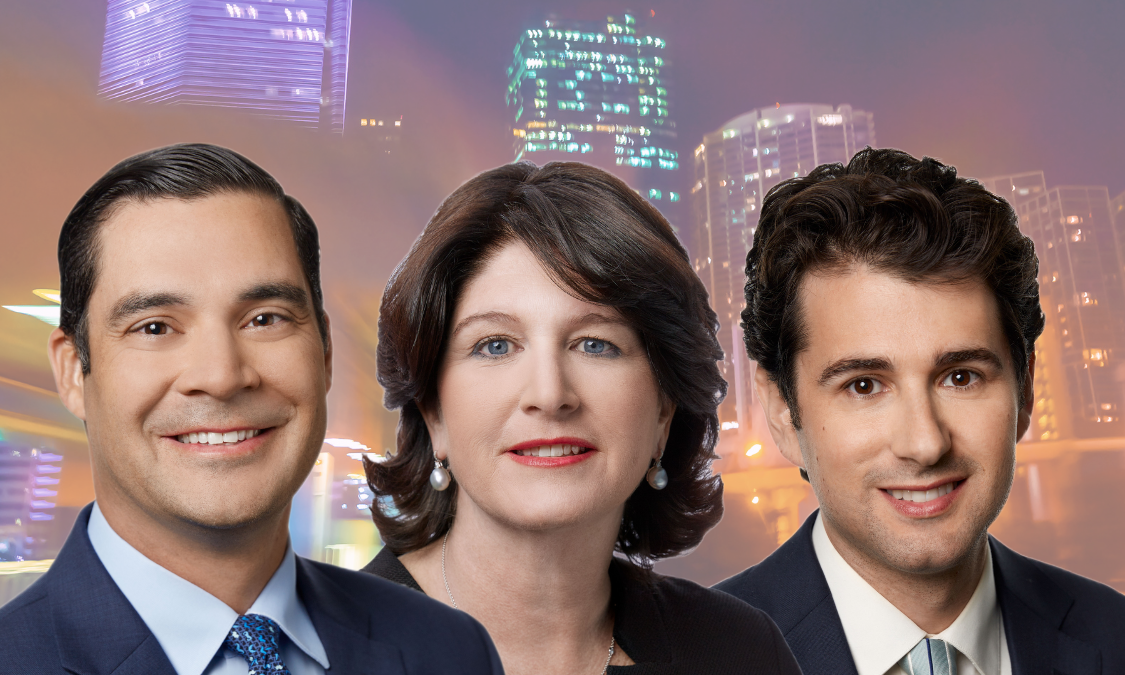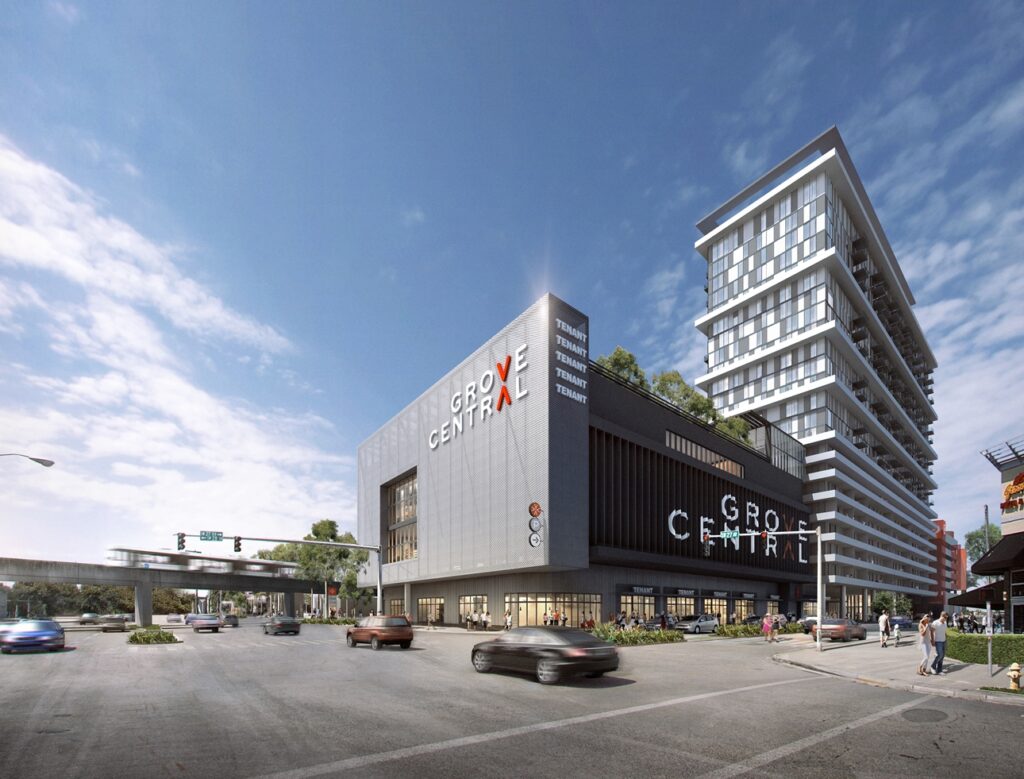Faced With Growing Demand, State of Florida Activates Public Land
Municipalities across the Sunshine State are ushering in private development on public land in hopes of creating new uses and unlocking additional revenue.

The news that Florida became the nation’s fastest-growing state in 2022 supports the notion that the wave of people and businesses that began in 2020 is proving resolute and driving heightened demand for housing and commercial real estate across the state’s land-constrained peninsula.
Another impact of inbound migration is a surge in demand for public services and upgrades to the state’s infrastructure. From ushering in new roads, bridges and mass transit systems, to developing schools and healthcare facilities, communities across Florida are racing to keep up with rapid growth.
For many municipalities, the solution to this challenge lies in activating or revitalizing vacant and underutilized public land with new uses through privately funded developments that generate additional revenue and enable investments in priorities such as infrastructure, resiliency measures, and affordable housing.
“Beyond meeting residential and commercial demand through the creation of apartments, hotel rooms and office and retail spaces, private developments on public land can hold the key to unlocking new revenue streams that support the delivery of civic services,” says Bilzin Sumberg Partner Eric Singer, who structures government contracts and public-private partnerships. “In some cases, we are also seeing the inclusion of new, privately-funded libraries, government offices, and transit station improvements.”
In many instances, these projects are undertaken by joint ventures marrying national firms with Florida developers that bring local relationships and market expertise. Often, they materialize through Requests for Proposals (RFP) initiated by municipal governments, and they sometimes require voter approval.
From Tampa and Orlando, to Fort Lauderdale and Miami, the pipeline of private development planned on public land throughout Florida totals well into the billions, and new opportunities to undertake these projects are constantly surfacing.
Along Miami’s Metrorail system, Miami-Dade County is fulfilling a long-held vision of bringing people closer to transit by inviting the development of mixed-use nodes that combine residential and neighborhood-oriented retail clustered around commuter rail.

Two of the largest such developments are Grove Central by Terra and Grass River Property and Link at Douglas by 13th Floor Investments and Adler Group, which both sit at pivotal points within the County’s transit grid. The two mixed-use projects include privately-funded upgrades to the Metrorail system, reducing the cost burden that would have otherwise fallen on taxpayers.

“Miami and Miami-Dade County have been proactive in identifying vacant properties and underutilized assets which are ripe for redevelopment and, in some cases, adaptive reuse,” explained Bilzin Sumberg Land Development and Government Relations Practice Group Leader Javier Aviñó.
One of the most anticipated projects in Miami is the development of 10.7 acres of public land on Watson Island, situated in Biscayne Bay between Miami and Miami Beach. Last month, a joint venture between BH3 Management and Merrimac Ventures acquired development rights for the site, with plans to build a mixed-use, waterfront destination built around new public space and a bayfront promenade.
Over the coming months, Miami-Dade County will proceed with an RFP process that aims to revitalize 27 acres of public land in Downtown Miami’s government center district. The vision will be brought to life by a private sector partner committed to building residential, office, and cultural uses that meet community demand and will generate new County revenues.
30 miles to the north, in Fort Lauderdale, Broward County is overseeing the development of an 800-room Omni hotel adjacent to its Convention Center. The project is expected to elevate the caliber of events that gravitate toward Fort Lauderdale, while catering to visitors seeking a hotel near the city’s airport and seaport.
In Tampa, the 18-acre, $300 million Rome Yards development led by Related Urban Development and the Tampa Housing Authority will introduce nearly 1,000 residential units ranging from affordable and workforce housing, to market-rate apartments. Tampa Mayor Jane Castor believes the development will be “transformational for generations to come.”
Further east, Downtown Orlando’s Creative Village is transforming 68-acres of city land into a mixed-use, transit-oriented innovation district anchored by the Orlando Studio for Electronic Arts, the University of Central Florida, and Valencia College. The development, led by a joint venture between Bank of America Community Development Corporation and Ustler Development, represents $2 billion in new development that will provide residents with education, career, and housing opportunities.
“For all the focus on Miami and South Florida, other parts of the state are growing at an even faster rate – and there is every reason to believe the trend will continue,” added Suzanne Amaducci, Chair of the Bilzin Sumberg Real Estate Practice. “If our state and local governments are going to keep pace with their limited funding, then creative approaches to activating and monetizing public land through private sector development are going to remain essential for growth.”
Bilzin Sumberg attorneys were early pioneers in identifying and executing transformative development opportunities involving public sector assets in Florida. The Firm represents clients in all phases of the process, including Requests for Proposals, procurement, the structuring and negotiation of development agreements, joint ventures, environmental and land use permitting, financing, and construction. Learn how Bilzin Sumberg structures Public-Private Partnerships.

